Trees
Trees
One of my steadfast loves is trees. I once had a three-story treehouse built in a pine tree in the backyard at my childhood home. My dad had gone on a trip to New Mexico while he was laid off from the stainless steel industry to visit my uncle who had a woodworking and cabinet shop In Santa Fe. After spending about 6 weeks in New Mexico, he returned with the bed of his pickup filled with plywood and dimension lumber of all sizes. He also brought back a few color-changing lizards, a creature I had never seen before. I got to work using that lumber and built a fabulous tree house; it even had working lights and receptacles and an intercom to the kitchen so my mom could call me when it was dinner time without the whole neighborhood being able to hear it. There was also a viewing platform 50 feet up in the tree where I could sit and watch the area with a birds-eye view. I even spent the night in the treehouse one time!
My trip out west in spring of 2020 was mainly to visit the aspen grove known as Pando before it gets extinguished by multiple factors, all brought about by ecological overshoot (which itself is brought about through technology use as discussed here, here, and here). For those who don't know about it, there is a phenomenon known as SAD (Sudden Aspen Decline) which is affecting many aspen groves out west. A story from 2008 in the Smithsonian Magazine explains the scenario. Other articles abound regarding SAD including here, here, here, and here. Basically, the aspen trees are just like many other tree species, succumbing to warming temperatures which bring more drought and VPD (Vapor Pressure Deficit) conditions, more insect pests, and more diseases which stress trees and cause decline. In fact, 1 out of every 3 tree species is threatened with extinction and tree decline and deforestation has already caused the Amazon Rainforest to turn from a carbon sink to a carbon source.
Update 8-18-23: A new study indicates that US forests will become a carbon source versus a carbon sink by 2070.
Update 7-6-24: Another new study indicates that "trees in warmer, drier climates contribute less to carbon sequestration, challenging previous assumptions about their role as natural carbon sinks." (Link to study)
Update 7-25-24: Another new study reveals that trees are an important sink not just for carbon dioxide, but also for methane as well. Sadly, my article here points out how this sink is becoming a source and another study also shows that the land and ocean sinks are turning to sources much quicker than most people think AND this will also continue to accelerate tree decline as a result.
Update 8-2-24: Why Are Giant, Tropical Trees Dying?
Update 11-1-24: New report details show 1 in 3 tree species worldwide at risk of extinction. (Link to Global Tree Assessment)
Update 4-8-25: For a long time, I have been promoting getting out to see nature in the National Forests and other natural areas. Now is the time to do it, as what exists today (what is left) will soon be gone. Here is the full US map of the forests targeted for harvesting.
Update 12-22-25: A new article delineates why oak trees (and others) are dying in the Midwest US.
The reason for this post comes originally from a friend, Cody Petterson, who wrote about his awakening to the tree apocalypse. The article he wrote on Facebook resurfaced from another one of my friends a couple weeks ago and reminded me to make a post about trees and why we need them. This is a reprint of that article. Here we are...
Earlier this year I visited a site in Georgia, Smithgall Woods, which is dedicated to conservation efforts at saving particular tree species, one of which is the Florida Torreya. This is a species of conifer affected by fungal blight known as the torreya fungus (Fusarium torreyae), which is destroying the remaining population of trees. The fungus forms cankers, or localized dead areas, that damage branch or trunk tissue and eventually kill the trees, as is explained in this article. More information can be found at the Wikipedia entry here. I have explained previously how we lack agency to effectively prevent the extinction of species, and while we may be able to temporarily provide habitat for threatened species right now, this is what some think is wise. Work is also being done on the American Chestnut which was mostly wiped out by chestnut blight in the 20th century, as well as the Eastern Hemlock, which is in the process of being killed off by an invasive pest, the hemlock woolly adelgid. For those wishing to get involved, for the American Chestnut, visit acf.org, and for the Eastern Hemlock, visit https://www.nature.org/en-us/about-us/where-we-work/united-states/tennessee/stories-in-tennessee/hemlock/.
Another person that provided a considerable amount of inspiration regarding trees was the late Gail Zawacki, who served as an admin in two different groups I was also an admin in. Her blog, Wit's End, details tree decline in great detail.
Some people think that trees are a great way to sequester carbon and that this may be a solution for climate change. Unfortunately, planting millions or even billions of trees is no solution for climate change and may even have the opposite effect of sequestering more carbon if the correct trees are not planted.
A word of caution regarding the Eastern Hemlock; the pesticide used to save them may be affecting salamanders as explained in this article. Once again, we see that the chief cause of "problems" tend to be "solutions." Still, I think that given the circumstances, being involved with planting trees is always a good thing, even if they are threatened with extinction over the long term, and it is precisely this mechanism of not being attached to a specific outcome which is where society needs to be more focused on.
I could continue posting more in this story about the science of tree decline and deforestation, climate change, ecological overshoot, or any other predicament, but what I most want to address here is denial of reality, which inevitably leads to optimism bias, and it does so through the addiction to hope. Margaret Wheatley is a truly brilliant writer and points out the purpose of her article here, quote:
"This article presents a severe critique of current attempts to increase activism by offering people more causes for hope, causes founded on false premises. My intention is to warn us activists away from the drug of hope, to fully face the reality of climate change, to end the deceit that we can reverse these changes through our indomitable human spirits. Freed from a hope-filled drugged state, with appropriate humility and reliable compassion, we can identify roles for ourselves that make a difference in how we stay together and alleviate suffering. We cannot save the world but we can embody our best human qualities of generosity, creativity and compassion to offer support, companionship, consolation and humor to those within our sphere of influence."It is this constant sense of hubris and anthropocentrism that leads many people over and over into this cycle of denial, optimism bias, and hope. By cutting that circuitry short in our minds, we set ourselves into a new way of behaving; one that inevitably provides not only direct benefits to us, but to everyone around us as well. We are here to serve, not to obtain benefits. By continuing the methods of extraction civilization has employed, we are simply acting in a greedy fashion; and like Wheatley poignantly explains, nature doesn't care about the benefits we want. We can choose to live in a sustainable manner or nature will operate according to the laws of physics and biology. Our need to respect those laws rather than constantly attempt to defeat them (which never works anyway) seems to always be forgotten. When we don't bother to respect the law of gravity, what happens? We fall down - BOOM! So, refusing to respect limits to growth and staying within the confines of those limits and steering clear of going into overshoot has put us in severe danger. Perhaps now, more people can see the damage we've done and begin to realize that we are not going to turn this ship around. Acceptance means that we actively choose to celebrate life right now and provide that service I mentioned earlier - LIVE NOW! Wheatley brings a new way to explain the ethos which I find particularly excellent, and I truly appreciate Michael Dowd's posting of it. His provision of services to society are a continuous source of inspiration to so many.
The one thing that millions of people need to observe is that we CAN be happy with less. If we simply look at the cycle of life and begin to realize that we don't need to constantly be making "progress" and that said human progress is actually a myth; that if we actually lived more simply so that others could simply live, more sustainability could be within reach.
So, what do trees and the cycle of life and denial and optimism bias and hope all show us? That we need each other - not just other humans - but ALL life on this planet. How can we profess our love of all these other organisms and of this planet which is our home? Focus on living and loving now. It sounds too simple to be true, but simplicity is where the magic is!




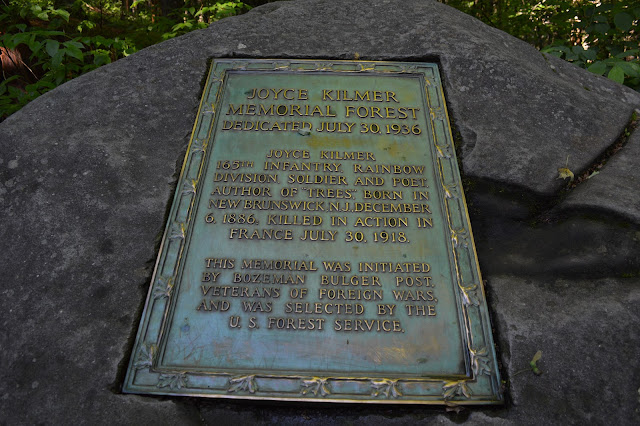

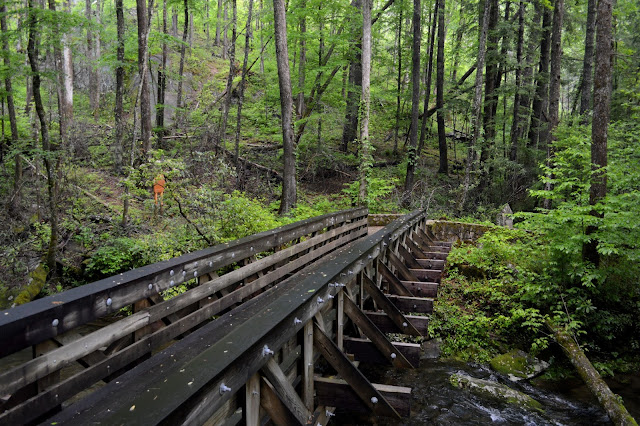





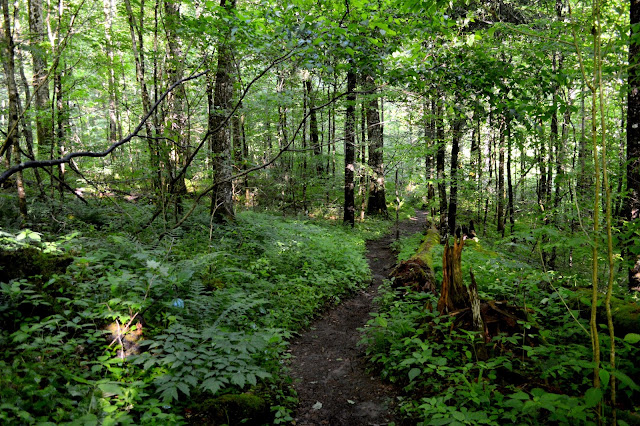
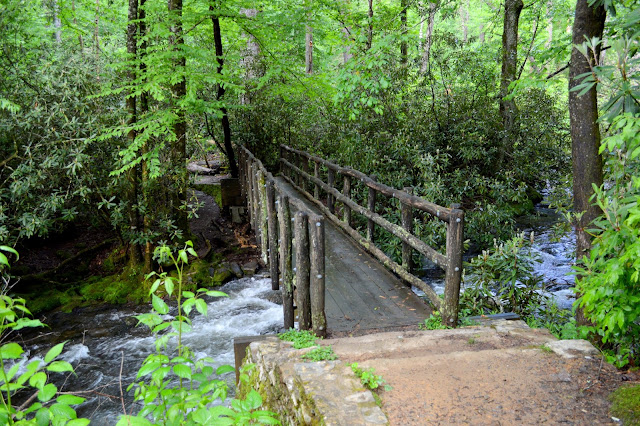





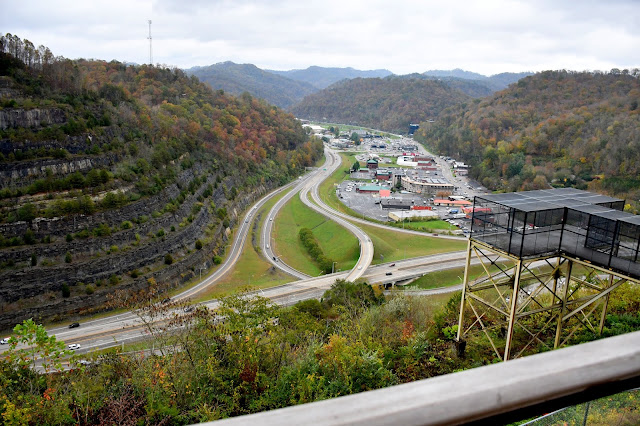
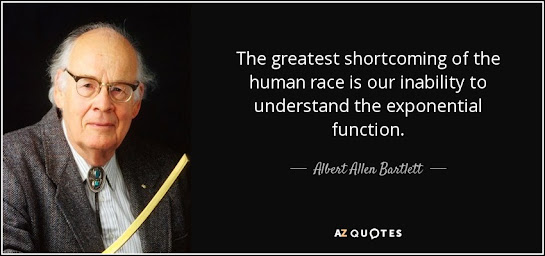
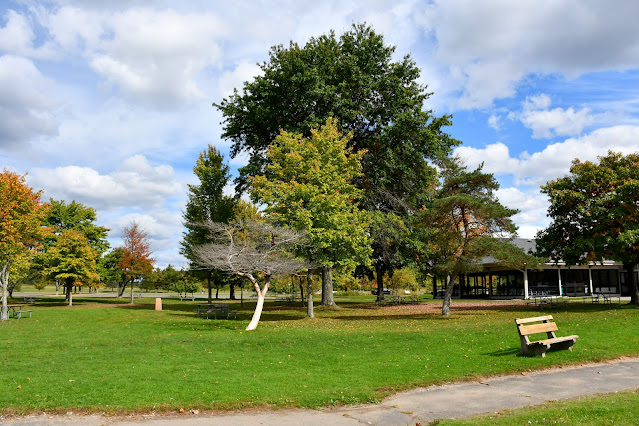




Gail Zawacki at ‘Wit’s End’ has long been talking up the link between pollution and tree decline, specifically ozone.
ReplyDeletehttp://witsendnj.blogspot.com/?m=1
Yep, that is why I have her blog listed here on my blog as well as in the "Tree Decline and Deforestation" file as well!
DeleteSorry Erik, I missed that. She hasn’t posted for a long while now. I can understand why.
DeleteNo worries, Clyde. I realize that one would have to spend eons looking for it with the sheer number of entries in that file. Yes, looks like the last entry was in late 2019.
Deletegail's obit: https://www.hamellydon.com/obituary/Gail-Zawacki
ReplyDeleteinterview w gail (much of it about trees) from 3/2019: https://www.youtube.com/watch?v=sBv36JRUkL0&app=desktop
ReplyDelete